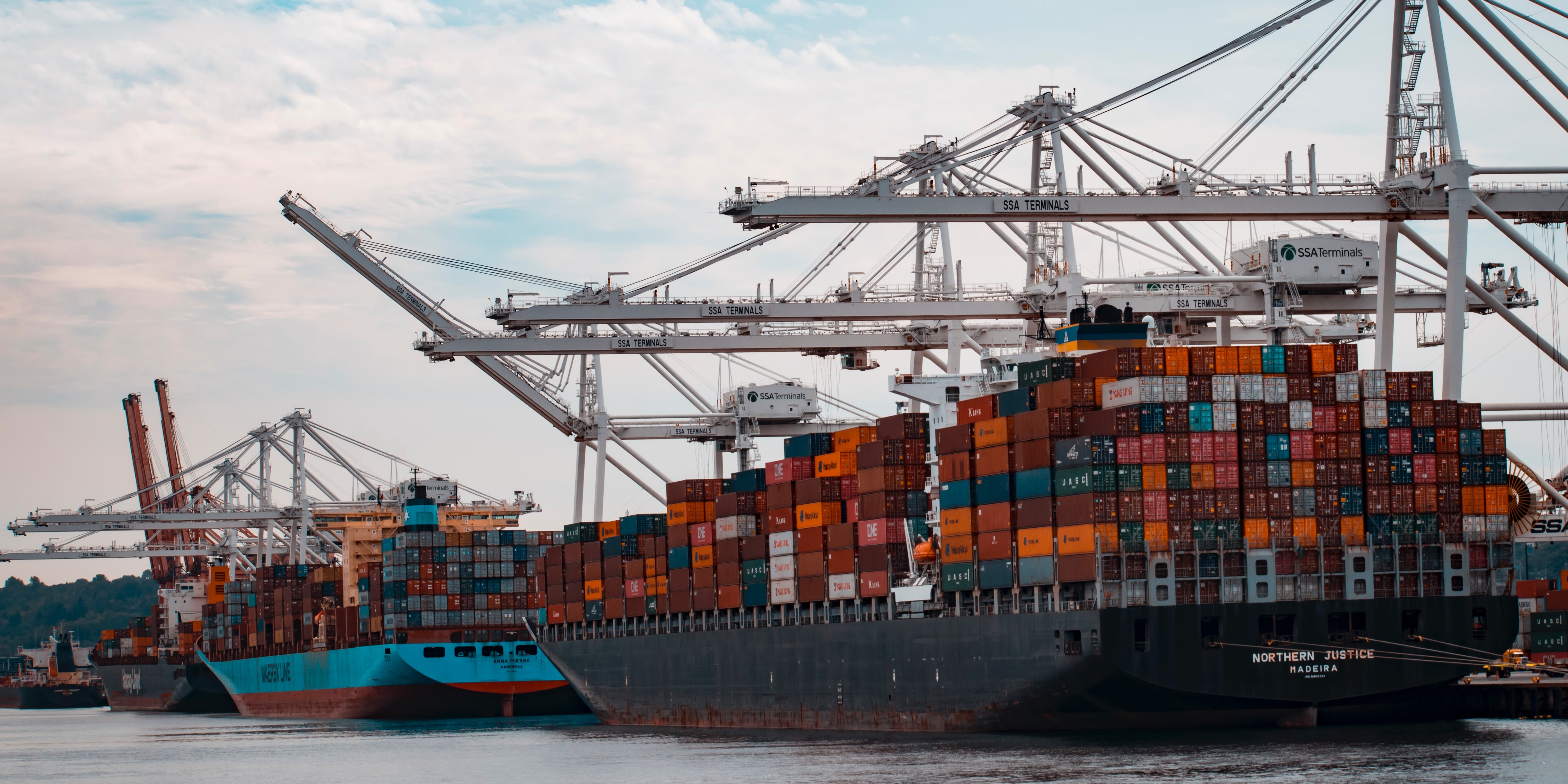How To Drive Profits Through Untapped Markets During A Recession.
ClickThrough's Head of International, Alison Booth, tells us how to increase your profits through untapped markets during a recession.
Read moreAs the Brexit deadline moves ever closer, businesses are bracing themselves for impact. We've created a handy checklist for businesses to work to when trading with the EU.
This information was correct at the time of writing. Before implementing any changes, please check the most up to date information from your web platforms, hosting and shipping suppliers.
While the world has been focused on navigating through the economic impacts of Covid-19, it has had a negative effect on preparations for Brexit. Though we may have been facing huge challenges as businesses during the pandemic, the Brexit date has drawn ever closer and is now just weeks away. Currently, 53% of UK exports are sent to Europe, with only 4% of these destined for outside of the EU; with such a large portion of businesses facing significant change, companies can’t afford to be unprepared.
Changes in the way businesses can function when trading with the EU, post-Brexit are likely to affect both ecommerce sites and B2B services providers alike – all exporters should be keeping themselves up to date. The primary impact will be on taxation and business registry processes, meaning that you’ll need to make a number of administrative changes to the way your business is set up, if you trade with the EU member states.
The official information is always changing, but we’ve rounded up to the most up to date checklist we can on what you need to do to ensure your business is Brexit ready.
Though companies currently need local VAT numbers when sales exceed specified thresholds with each member state, from next month any companies trading between the UK and EU will need individual VAT numbers for each country they export to. This will be the case until July 2021, when the One Stop Shop will replace this.
After Brexit, you will need to adjust your tax settings within your ecommerce gateway to reflect the new tariffs that will be applied to the UK. Although, this is an area that is as yet undetermined, with a no-deal looking fairly likely the UK could trade with the EU under World Trade Organisation rules. Review your settings and add in your UK and EU VAT ID numbers and check in with the Gov UK site for the most up to date guidance.
While the UK can currently operate with only one Economic Registration and Identification number, after leaving the EU, businesses will need to secure both a domestic EROI number as well as a separate number for the EU. This is another piece of essential documentation businesses will have to complete in order to continue trading.
To ensure you are accounting for and paying duties correctly, you may need to engage a fiscal representative to handle this. Though this is an additional expense, with the requirements for post-Brexit trading constantly changing, having someone on the ground will make your life considerably easier.
The potential increases in customs and shipping charges is something you will need to be aware of and decide whether to absorb or pass on to customers. If you can afford to absorb the increased cost of shipping to or from the EU, this will naturally impact your profit margins but could allow you to price yourselves competitively against competitors. If you choose to pass the cost onto customers, your delivery terms and conditions will need to be updated with the costs to deliver to each country you export to.
You will also need to clarify any impact on shipping time that leaving the EU could have. If you currently offer a next day shipping option, this may no longer be realistic to provide and customers will need to know this important update. To be sure you are providing the correct advice, check in with your couriers for the most up to date information.
If you have country specific domains for each territory that you trade in, you will need to confirm with your domain registry company whether there are any conditions of eligibility you will need to meet to retain your ownership. For example, if you currently own the .de domain of your site for Germany, you should check with your hosting supplier if you need a local business address to prevent this being taken from you. This should be done proactively to prevent any site down time
My colleague Al Rowe has noted a key change that could result from Brexit in that Northern Ireland could now be treated as a separate country to the rest of the United Kingdom… as far as shipping purposes go.
“Due to the agreement in place to avoid a hard border between Northern Ireland and the Republic of Ireland, a new border has effectively been created. While goods going between Northern Ireland and the Republic of Ireland won’t be affected, shipping from other parts of the UK will.
With almost, if not all, ecommerce platforms providing ‘United Kingdom’ as a shipping destination, as opposed to the individual countries, this now makes separating shipping rates difficult and has become a fundamental problem in the default way modern ecommerce systems work. One of our clients who has encountered this has taken the temporary decision to avoid shipping to Northern Ireland. Another solution could be to use postcode-based shipping methods which is already used in cases such as shipping to the Scottish Highlands which can have slightly different requirements.
There are, however, already some work arounds and plugins you can apply to popular ecommerce platforms:
Due to deal negotiations still ongoing, the information for shipping for Northern Ireland may change when a final deal is reached. We are keeping a firm eye on any updates and will amend our advice as required.
As mentioned, the rules and regulations regarding Brexit are constantly changing, so it’s best to always consult the most up to date information before making any changes. However, the list we’ve provided will serve as an effective checklist of ecommerce based changes you need to implement.
You can read more about how you can prepare for Brexit in our 2021 Digital Marketer’s playbook – available as a free download now.
More articles you might be interested in:

ClickThrough's Head of International, Alison Booth, tells us how to increase your profits through untapped markets during a recession.
Read more
Welcome to the latest round-up of all things digital. This is where we look at the latest updates in the world of PPC, SEO, Content and International...
Read more
Find out more about the latest updates in digital marketing. Featuring key updates from Google, demystifying meta descriptions, and checking in on...
Read more
Episode eight of The Assorted Digital Ramblings podcast is now out! Learn more about International Marketing with guest Alison.
Read more
In this week's International Marketing News, Andrea takes us through personalisation and privacy in retail and much more. Read on.
Read more
In this week's International Marketing News, Andrea takes us through new .au domain extensions, Bitcoin ATMs and more. Read on.
Read more
Join Andrea Diaz for this week's International Marketing news, covering walled garden investigations and more.
Read more
In the International Marketing News this week, Andrea Diaz takes us through the importance of implementing omnichannel strategies in 2022, Huawei...
Read more